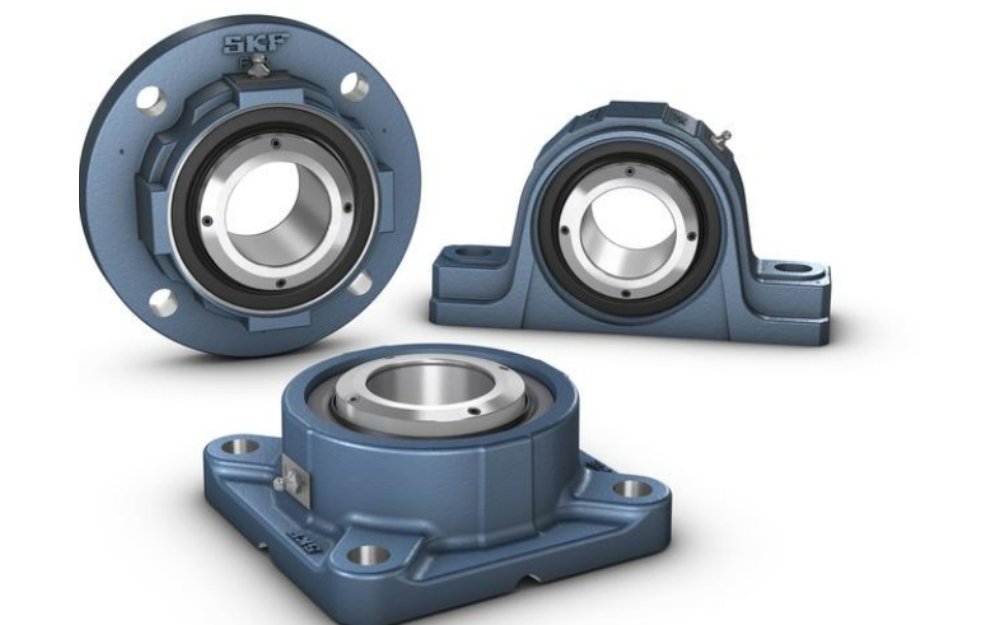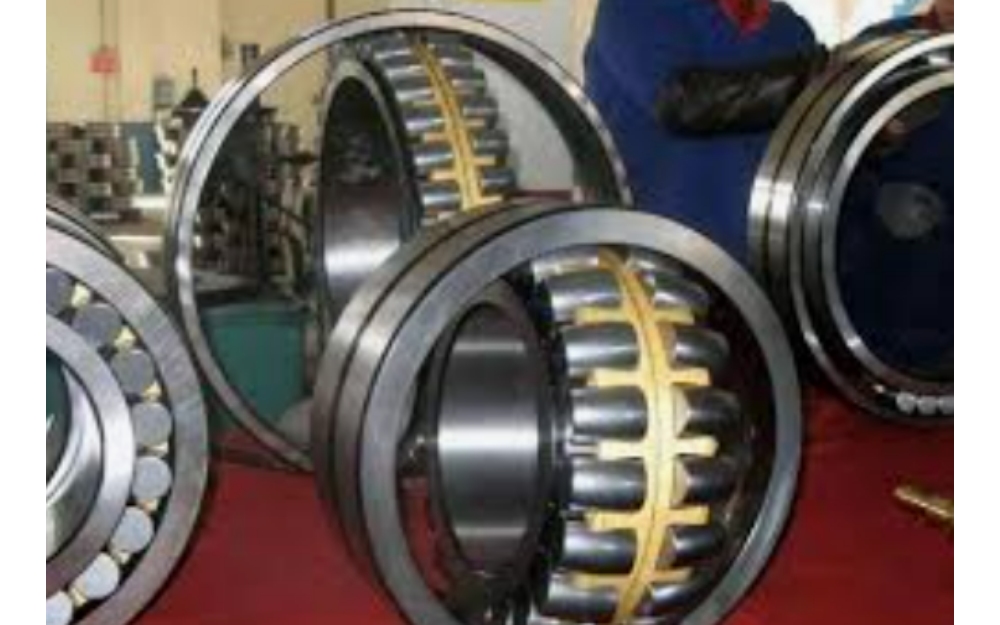Do all bearings require a bearing housing?
Do all bearings require a bearing housing?
Do all bearings require a bearing housing? The answer isn't a simple yes or no. I can only say that in most cases, they do, but it depends on the specific application and bearing type.
1. First, let's discuss why bearings are typically used with a bearing housing.
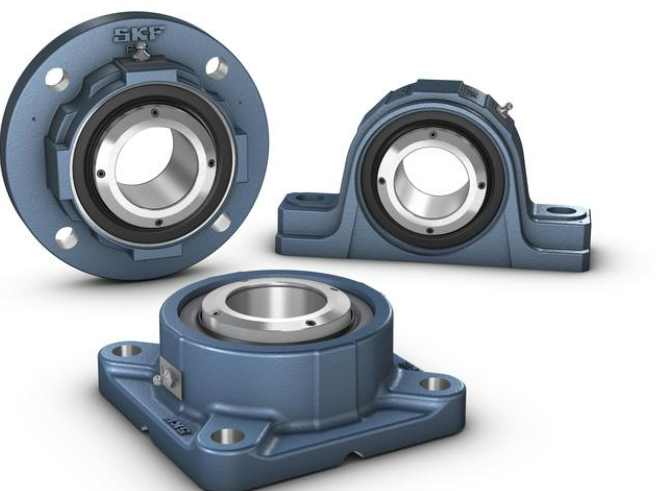
1) The bearing housing provides support for the bearing: The bearing itself needs to be securely mounted on the machine frame or shaft. The bearing housing provides a rigid structure with mounting holes, conveniently securing it to the foundation or machine frame with bolts and nuts.
2) Some bearing housings have a self-aligning function: This can compensate for slight misalignments caused by installation and protect the bearing from external forces.
3) Sealing performance: Bearing housings typically have sealing devices, such as sealing rings, that effectively prevent the ingress of dust and other harmful particles, significantly extending the bearing's service life.
4) They effectively share the bearing's operating load.
2. So, when can a bearing housing be omitted?
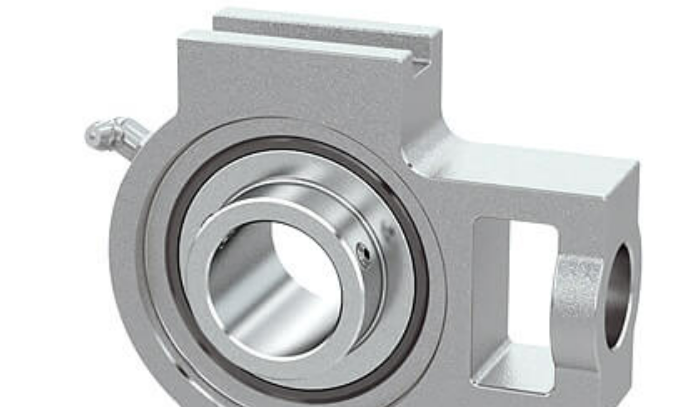
1) Bearings installed directly inside the equipment: Examples include automobile transmissions, engines, gears, washing machines, and electric fans.
2) Bearing and housing integrated units: For example, insert bearings can be installed directly without a housing.
3) For applications requiring extremely compact design: Simple models with very light loads and low speeds.
Simply put, bearings are like our joints, allowing for flexible movement, while bearing housings are like muscles and ligaments, providing support and stability.
Without the support of these muscles and ligaments, joints are prone to dislocation. Whether or not a bearing housing is required depends on the structure of your equipment.We will also recommend the most suitable solution based on your needs.
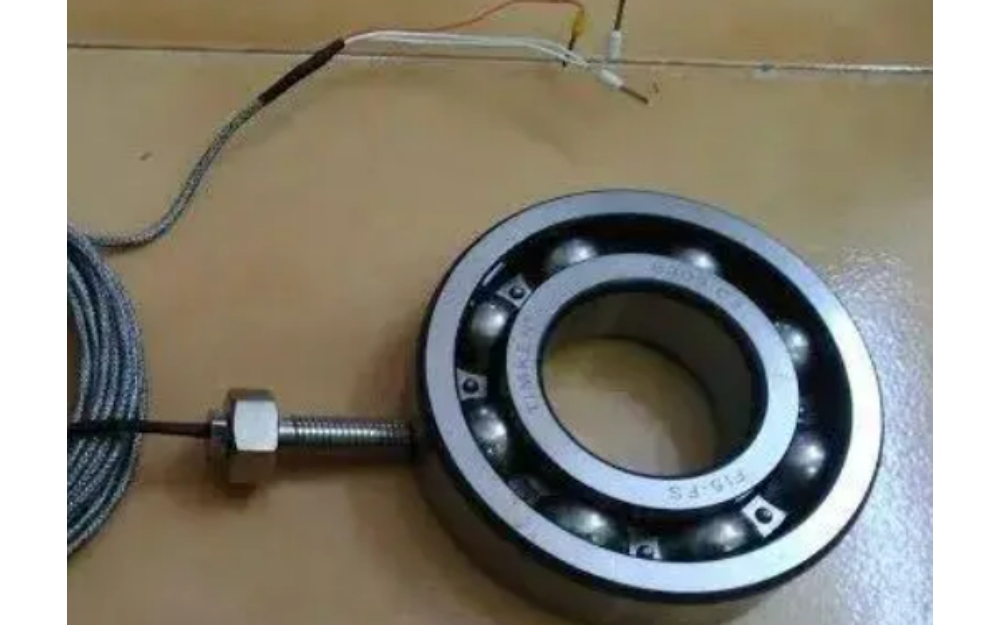 Why are bearings always prone to damage at the same location?
Why are bearings always prone to damage at the same location?
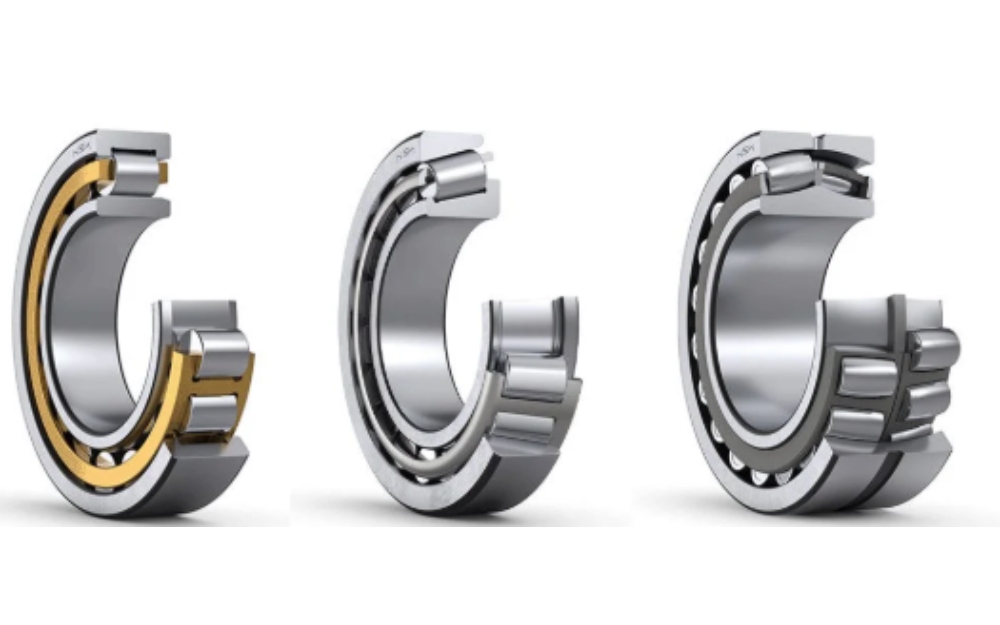 Bearings:The silent force that moves the world
Bearings:The silent force that moves the world

